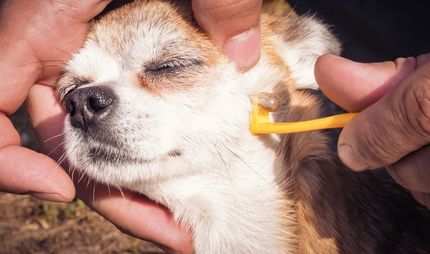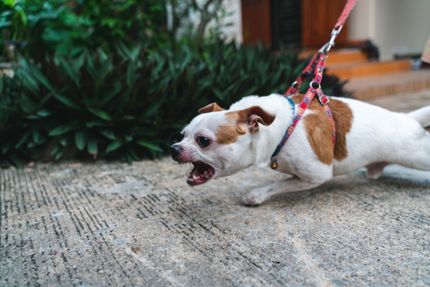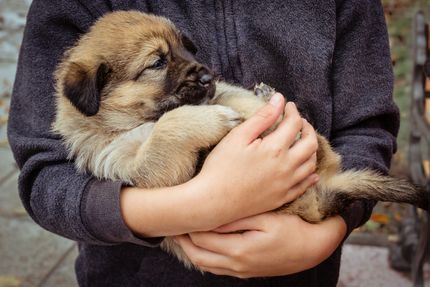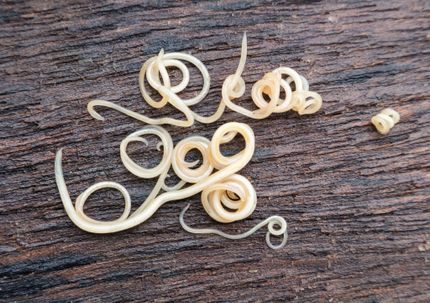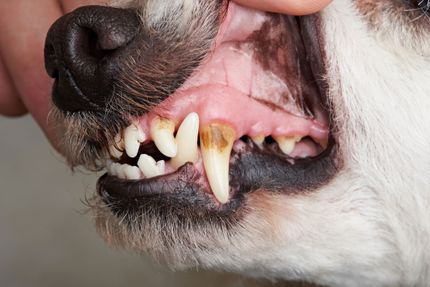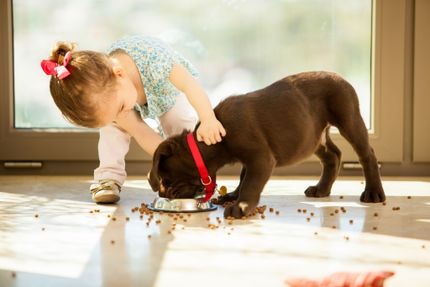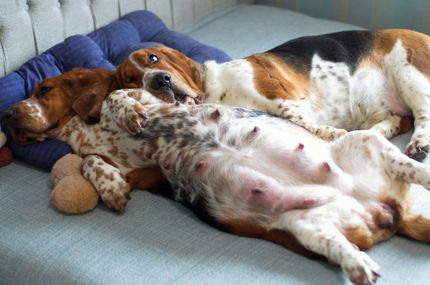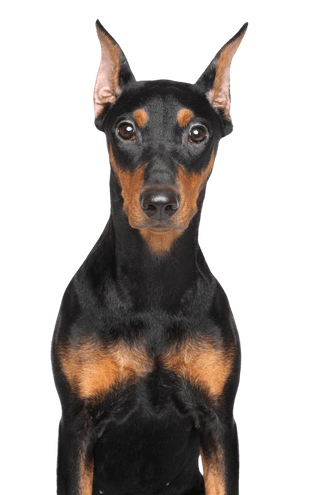
German Pinscher Breed description: Character & Co
Facts & Origin
What is the origin of the German Pinscher?
Pinschers probably belong to the oldest dog breeds and are descendants of the peat pit dogs. According to findings, this breed already existed 3,000 years ago. In former times, Pinschers were widespread all over Europe. Thanks to their endurance and joy for running they were appreciated by coachmen and traders who trained the Pinscher to guard their wagons and goods. It was important that the animals developed a strong protective instinct and decided independently when defense was necessary. In the evenings, when the animals had already run for many kilometres, their service was not over yet. At this point of the day they would go to the stables to hunt for rats and mice. This is one of the reasons why they were often called "ratters". In 1880, the breed was registered in the German Dog Register. After the Second World War, the breed almost became extinct. Thanks to the German breeder Werner Jung, it did not come to this point. He succeeded in creating a stock of 60 animals with five parent animals by crossbreeding them with large Dwarf Pinschers.
What are the breed characteristics of the German Pinscher?
The body language of the German Pinscher can best be described as proud and elegant. Their strong and muscular body is shown to advantage in every movement. Very typical for the breed are also the high set, forward tilted ears in a V-shape. The inner edges touch their cheeks.
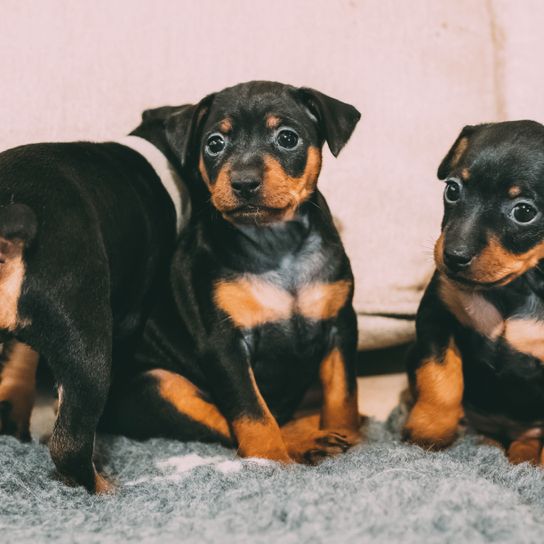
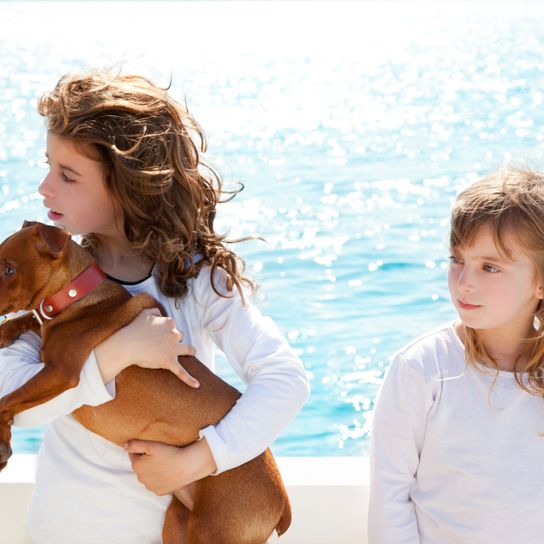
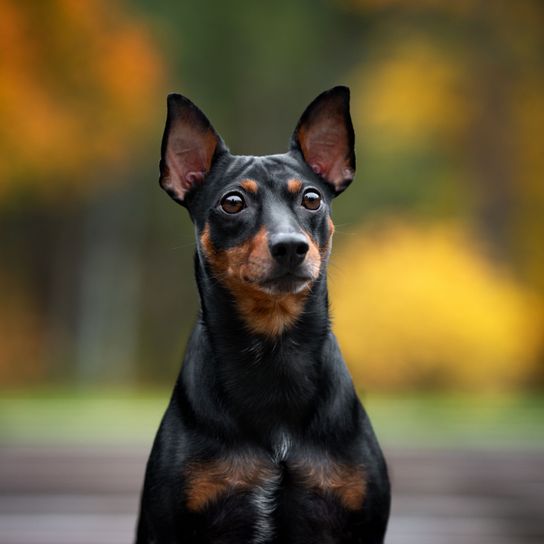
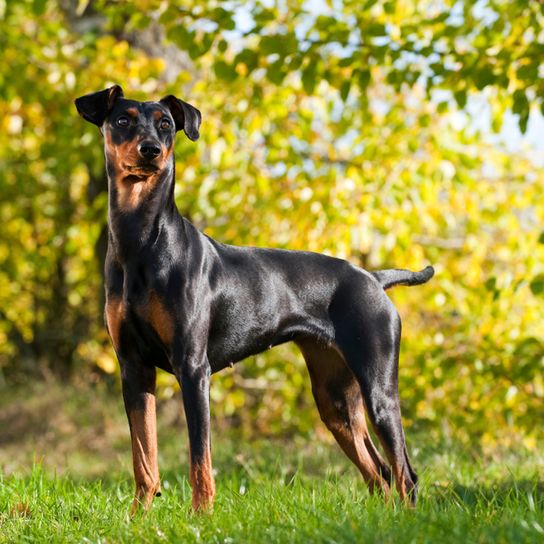
| Alternate Name | Ratter |
| Origin | Germany |
| Life expectancy | - years |
| Care requirements | low-maintenance |
| Activity level | average |
| FCI group | Pinscher and Schnauzer type |
| AKC group | working group |
| KC group | working group |
Attitude, character and temperament of the breed
What are the typical character traits of the German Pinscher?
If you want to buy a German Pinscher, be aware that these are active animals that want to be kept busy. They are best suited for sporty people who like to walk or cycle with a four-legged companion joining them. Because of their past as stable dogs, they are also popular with horse riders: they have no problems interacting with horses. Dog sports such as agility or man-trailing also give the bright animal great pleasure.
To lead the German Pinscher's temperament into the right direction, you should offer it daily exercise. If they get bored, your house mate will develop unwanted bad habits such as excessive barking. Since they can sometimes act a bit over the top when playing, they are not very suitable for families with small children. You should also keep an eye on their hunting instinct, which should be kept under control from the beginning. Since the German Pinscher is self-confident, behave consistently with them. This also includes not letting yourself be totally consumed by your four-legged friend. They demand their owner's full attention at home. As a good watchdog, they are suspicious of strangers and report every stranger who approaches your home.
Character
Usage
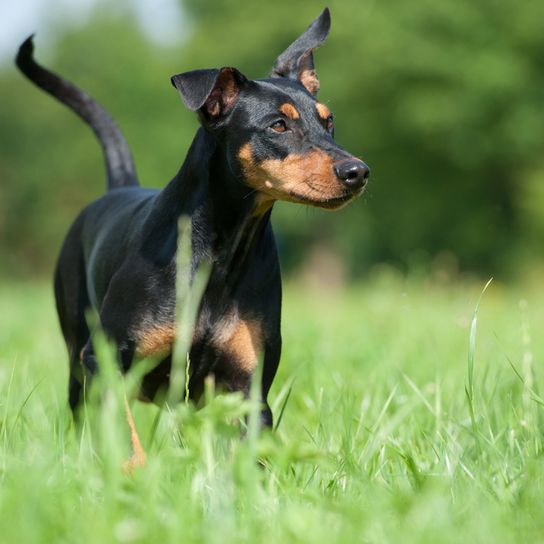
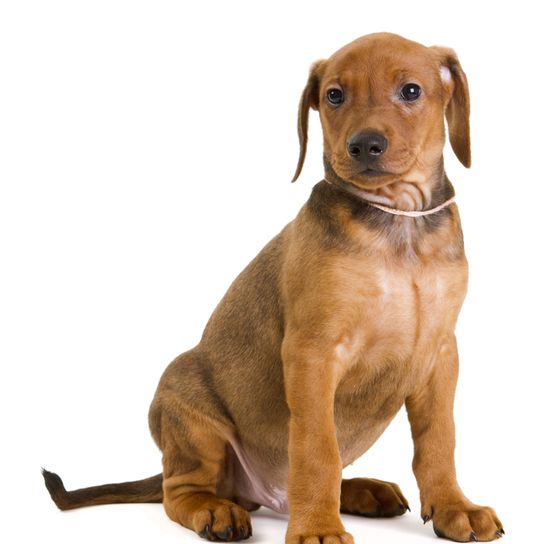

Health and breeding information
What are typical diseases of the German Pinscher?
Because the tip of the ears of the German Pinscher are very thin, they can easily get injured when the animal grazes through the undergrowth. Therefore, it pays off to check their ears after every walk. Typical diseases of the German Pinscher are:
- Hip joint dysplasia
- The von Willebrand disease: This is a genetically caused blood coagulation disorder, affected animals can bleed to death when seriously injured
- Hereditary eye diseases
- Dilute gene: this is an unnatural lightening of the coat
What should be considered in regards to German Pinscher breeding?
If you buy a German Pinscher puppy from a foreign breeder, you should know that the import of docked animals is prohibited since 2012. Also the placement of four-legged puppies with a shortened tail and ears born after January 1st, 2008 is not allowed. An exception is the passing on of docked Pinschers by an animal shelter. A serious breeder is subject to strict criteria: As a prerequisite for the breeding approval of a parent animal in Austria, tests for hip joint dysplasia, eye diseases and patella problems must be carried out. With a German Pinscher breeder registered by the Austrian Schnauzer and Pinscher Club you will end up buying a healthy four-legged friend that will surely give you pleasure for a long time.


Appearance and coat of the German Pinscher
The German Pinscher has a short, silky and shiny coat. Most animals are black with red markings. The bright spots above the eyes and the bi-coloured markings on the face are particularly remarkable. But there are also brown-black and plain deer-red German Pinscher puppies. Their build is almost square, they are about the same height as length. In former times the ears and the tail were often docked, since 2005 this is forbidden in Austria according to the animal protection law.
What is the average size of a German Pinscher?
German Pinschers reach a height of about 45 to 50 centimetres.
How much does a German Pinscher weigh?
They reach a weight of 14 to 20 kilograms.
What is the life expectancy of a German Pinscher?
The German Pinscher can reach an age of 12 to 14 years.
| Fur length | short |
| Fur | flat coated |
| Ear shape | Tilt-ear |
| Tail | lang |
| Anatomy | muscular, slim |
| Size ♀ | 43 - 51 cm |
| Weight ♀ | 11 - 20 kg |
| Size ♂ | 43 - 50 cm |
| Weight ♂ | 11 - 20 kg |
| Suitable For | Children |
Colors

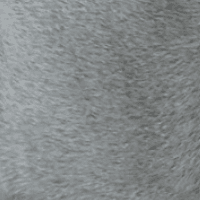
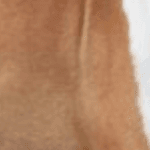





Other medium dogs
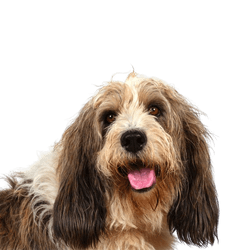
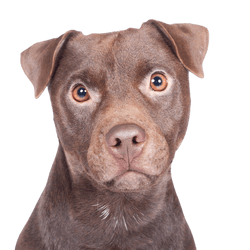
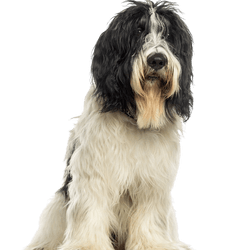
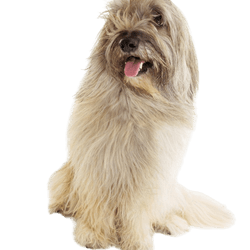
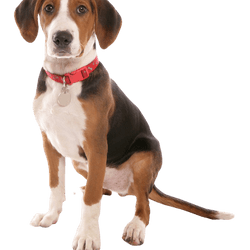
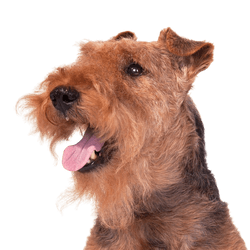
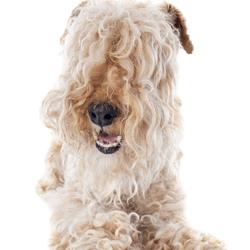
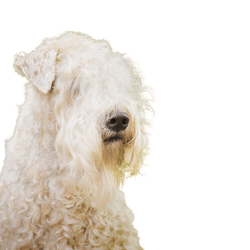
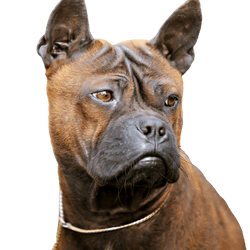
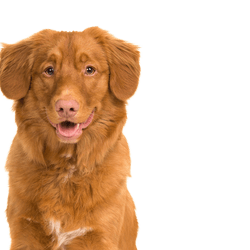
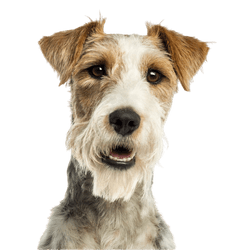
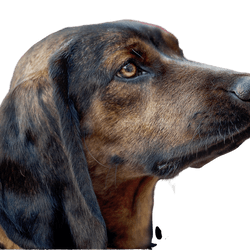
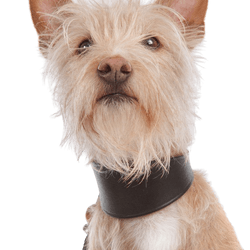
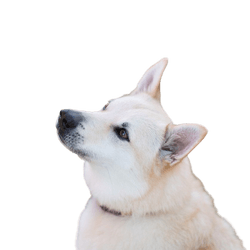

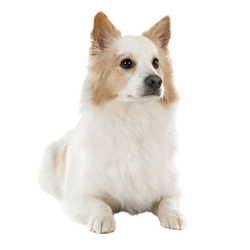
Useful Articles
You can find articles that might interest you in the dogbible blog to match your favorite breed.
Visit our magazineto stay up to date on dog trends.
To find out more, view our Privacy Policy
Find here the breed that suits you and find out what character traits it has. Here you can also learn more about the origin, size and weight of your favorite breeds.
Matching your favorite breed, you'll find articles that might interest you on the dogbible dog blog.
Hiking in Carinthia with a dog - these hiking routes with a dog are the best
Tips for Mallorca holidays with dog - these hotels and places you should know
Which dog is suitable as a therapy dog?
Tattoos with dog theme: We have the cutest net finds for you
